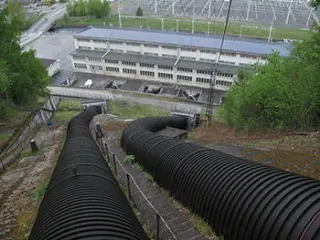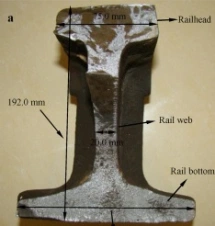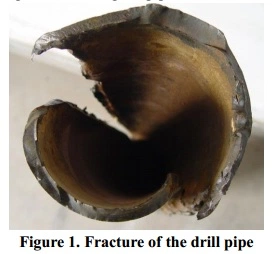 Erreur humaine ou défaillance technique ? Suite à un accident d’hélicoptère, le Bureau d’enquêtes et d’analyses (BEA) a fait appel à l’expertise du Cetim dans les matériaux composites. Sa mission : étudier les débris de la poutre de queue de l’appareil, afin de déterminer les causes exactes du sinistre. Découvrez en image cette enquête de haut vol sur notre site.
Erreur humaine ou défaillance technique ? Suite à un accident d’hélicoptère, le Bureau d’enquêtes et d’analyses (BEA) a fait appel à l’expertise du Cetim dans les matériaux composites. Sa mission : étudier les débris de la poutre de queue de l’appareil, afin de déterminer les causes exactes du sinistre. Découvrez en image cette enquête de haut vol sur notre site.
Pour en savoir plus, retrouvez les experts du Cetim sur le salon JEC World Composite Show & Conferences, du 8 au 10 Mars 2016 à Paris Nord Villepinte, Espace régional Pays de la Loire, stand 6P57. Vous pouvez également consulter le site du Cetim, rubrique « Agenda ».



 A new interesting article published in «
A new interesting article published in « 

 A new paper about
A new paper about  A new interesting paper in
A new interesting paper in 